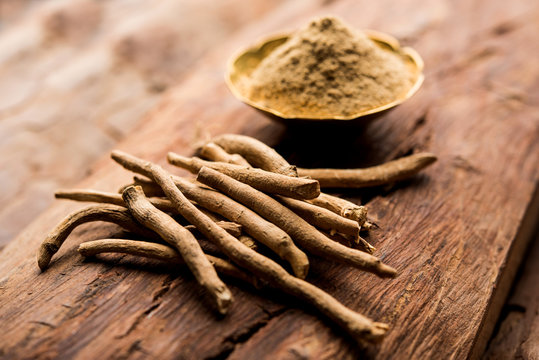Ashwagandha, also known as Withania somnifera, is a medicinal herb that has been used for centuries in traditional Ayurvedic medicine. It is a small shrub that belongs to the Solanaceae family and is native to India, Pakistan, and Sri Lanka.
The plant grows up to 1.5 meters in height and has small green flowers that bloom in the summer. It thrives in dry, arid climates and can be grown in a variety of soils, including sandy and rocky soils.
Ashwagandha has a long list of traditional uses and benefits, including reducing stress and anxiety, improving memory and cognitive function, and enhancing physical performance. It is also known for its ability to boost the immune system and reduce inflammation.
Numerous studies have been conducted on Ashwagandha, supporting its many traditional uses. One study published in the Journal of Ayurveda and Integrative Medicine found that the herb can improve symptoms of stress and anxiety, with participants experiencing significant reductions in cortisol levels (Chandrasekhar et al., 2012). Another study published in the Journal of Dietary Supplements found that Ashwagandha can improve muscular strength and endurance in athletes (Wankhede et al., 2015).
Ashwagandha can be consumed in a variety of ways, including as a tea, capsule, or powder. One common method is to mix the powder with warm milk, honey, and a pinch of cinnamon to create a soothing and nourishing drink before bed.
In addition to its traditional uses, Ashwagandha is also known to have a variety of other potential benefits. These include improving thyroid function, reducing symptoms of depression, and even protecting against certain types of cancer.
In conclusion, Ashwagandha (Withania somnifera) is a versatile and valuable herb with a long history of traditional use and a growing body of scientific evidence supporting its many benefits. Whether consumed as a tea, capsule, or powder, it is a natural and effective way to improve physical and mental health and promote overall wellness.


